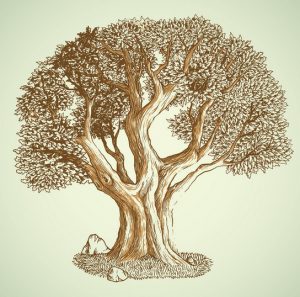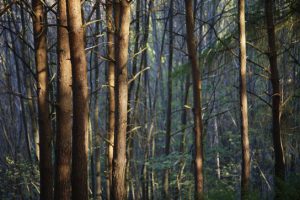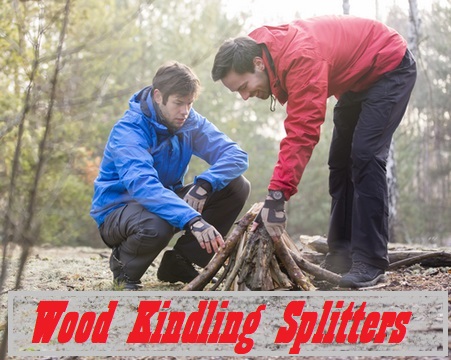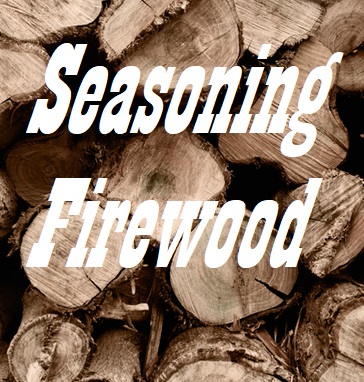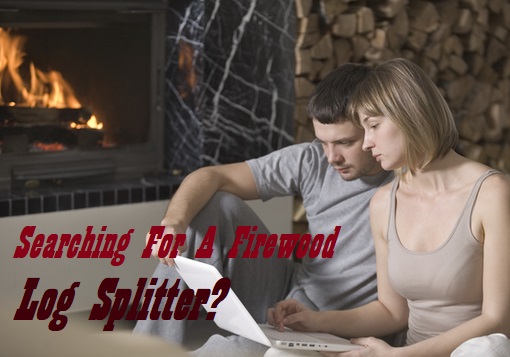I hope you love the products I've recommended below, just a heads up that as an Amazon associate, I earn from qualifying purchases. This means I may earn commissions on products bought via links on this page.
When trying to figure out the best trees for firewood, the answer isn’t necessarily as easy to get to the root of as you might think. While some people think wood is just wood, that really isn’t the case. Not in the lumber industry, especially when it comes to preparing the best possible firewood. Different species of trees have very different traits and it is important to understand this if you want to get the best possible results.
While other factors apply (really dry “bad trees for firewood” are going to burn better than wet wood from “good trees,” for example), in general there are definitely some trees that are going to give a better burn, depending on what it is you’re looking for. Ultimately we want logs that can be easily split by a log splitter which can then season adequately. If you are not using a log splitter, finding easy enough trees to split with an axe or maul is even more important. As it is a lot more physically demanding splitting wood like this. If you are tired of swinging the axe, a simple electric powered wood splitter wont set you back too much and make your life a heck of a lot easier.
What Traits To Look For In The Types OF Trees For Firewood
#1 Recommendation: Oak Tree
The best trees for firewood tend to have several traits in common. They tend to be very dense hardwoods that burn hotter and longer because of that density. Oak, for example, is one of the absolute best options out there when building a fire. Oak has long been lauded for being incredibly strong, dense, and sturdiness. Which also makes it ideal as fuel for a household fire place. Oak burns for a long time, gives off a tremendous amount of heat, and breaks down into hot coals that will continue to give off heat for quite some time.
Hickory trees tend to be around the same level of quality. They are known for being dense and particularly sturdy and while not quite at the same level of oak, they’re at least in the same ballpark. These common traits will lead to a solid fire that gives off plenty of heat for a very long time before breaking down into a solid bed of coals (which is crucial for good Dutch Oven cooking on a campfire).
Maple, Ash, and the rarer Black Locust all tend to be more good examples of wood that is going to burn well and produce plenty of heat out of a fire.
Logs That Wont Smoke Or Spark As Much
If you need a hot burning wood that is going to give off less smoke and sparks than other options on average, then maple (sugar maple in particular) is a good choice. You get many of the same benefits as oak and hickory (albeit at a slightly lower level) but burning this type of wood doesn’t produce many sparks or smoke compared to other options.
If you need your wood to be lightweight or just prefer it to be that way since you have a lot of lifting or transporting to do, then try to find yourself some ash trees. This is one of the lightest types of wood that burns hard and hot, but is noticeably lighter in weight than the other options that have been mentioned so far.
Birch bark can be amazing for getting solid flames to start a fire, though birch itself isn’t nearly as high a quality (yellow birch burns much better than white birch).
Avoid These Trees For Firewood
Even if some of the best types of trees aren’t in your area or handy for a good cut down, you can still give yourself the best possible fire by making sure to avoid the worst trees for firewood. A great rule of thumb is to avoid softwood. These are less dense and that means less solid energy is given out when burning. In fact for popular softwood choices like poplar or spruce, it is estimated that it takes a minimum of two cords of those softwoods to come close to producing the same amount of heat and energy that one cord of oak produces. So while softer wood is easier to split with an axe, it’s not as rewarding when it comes to burning.
Common softwood like aspen, basswood, or willow is softer and easy to cut however they give off a lot less energy which means less heat. In general, deciduous trees tend to be pretty poor by comparison when it comes to the heat given out from burning. If you can avoid any softwood and stay with more well known hardwoods like oak, hickory, elm, and maple then you will be in much better shape overall when it comes to making sure you get the absolute most out of every single fire, every single little batch of burned wood.
Are Softwoods Good For Firewood At all?
There is one specific situation where some people prefer to have a little bit of softwood to toss into the stove. For homes warmed by wood burning stoves, when there are cool spring days or cool autumn days that aren’t cold, temperature control can be a little bit easier with the less dense wood so in those situations a few pieces of alder, basswood, or poplar might prove to be really helpful.
Choosing Firewood
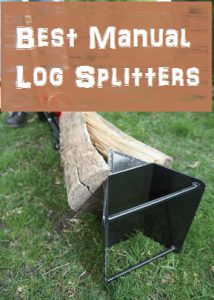
When it comes to choosing the best trees for firewood, following a few simple rules can help you to make sure you get the hottest inferno out of the smallest investment. If you are comparing prices for pre-split firewood, do take into consideration the burning times and amount of smoke they put off. If you have time up your sleeve, but don’t want to invest several hundreds into a powered log splitter. Perhaps a manual log splitter will suit you better.
No engine or motor maintenance and they are operated by your body. So while swinging your arms like an axe, using a manual log splitter is much easier on the body.

